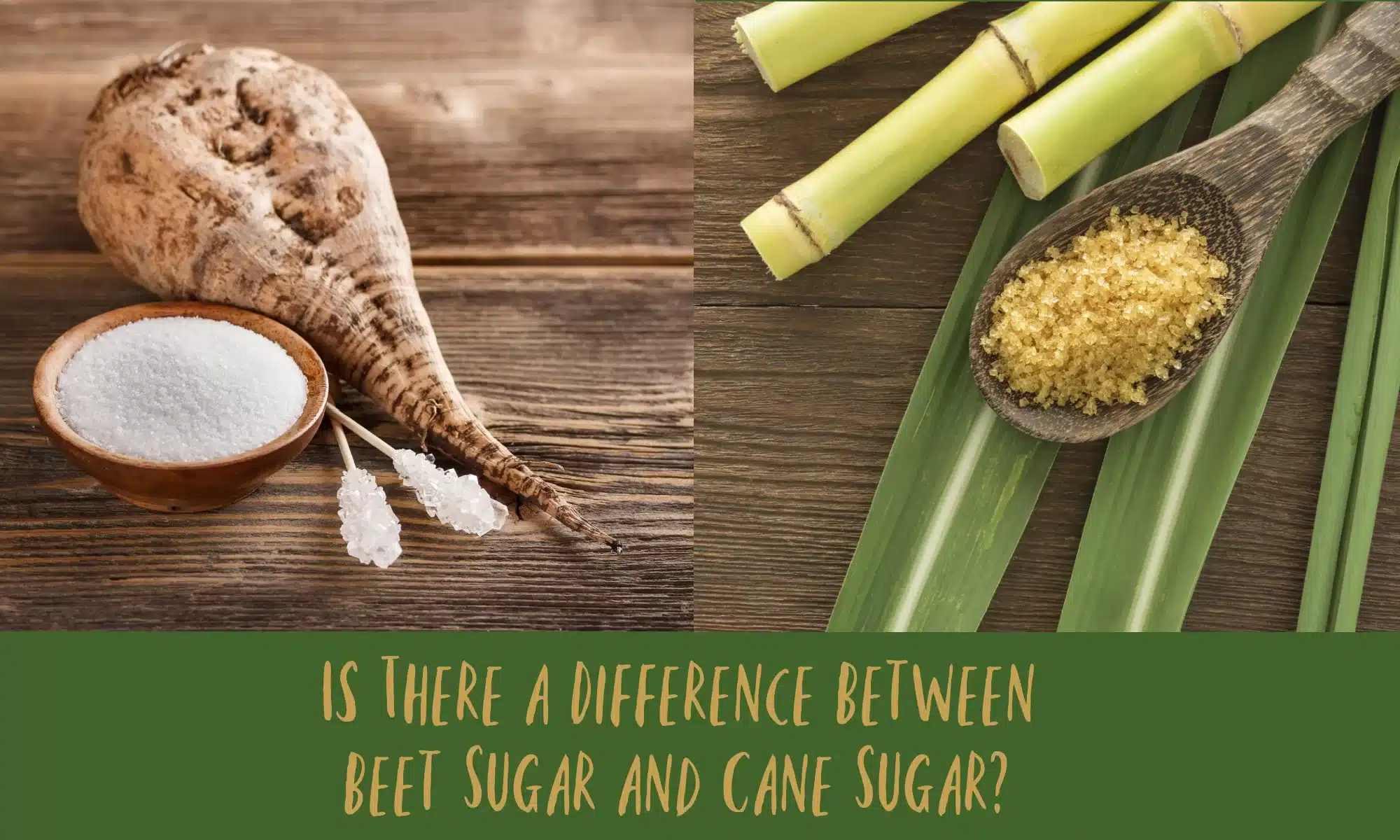Many baking guides specify either beet sugar vs cane sugar, depending on the expected outcome.
Many baking guides specify either beet sugar vs cane sugar, depending on the expected outcome.
Blog Article
Discover the Uses and Perks of Beet Sugar Vs Cane Sugar in Your Daily Diet Regimen
Exploring the distinct qualities of beet and cane sugar discloses even more than simply their sweetening abilities; it highlights their one-of-a-kind effect on health and cooking arts. Beet sugar, recognized for its subtle flavor, is often favored in fragile desserts, whereas cane sugar, with its hint of molasses, includes splendor to durable meals. Each type holds its own dietary account and glycemic ramifications, inviting a much deeper understanding of their duties in a well balanced diet regimen and lasting intake techniques.
Origin and Production Procedures of Beet and Cane Sugar

The distinct environments and dirt types required for expanding sugar beetroots and sugarcane contribute to distinctions in their cultivation practices and geographic distribution, affecting the business economics and sustainability of their production. beet sugar vs cane sugar.
Nutritional Contrast In Between Beet Sugar and Cane Sugar
In spite of originating from different plants, beet sugar and cane sugar are nutritionally extremely similar, both mostly including sucrose. Each gives regarding 4 calories per gram, translating to about 16 calories per tsp. Structurally, both sugars are made up of around 99.95% sucrose, with marginal amounts of other materials like wetness and trace element, which do not substantially alter their nutritional accounts.

Inevitably, when picking in between beet sugar and cane sugar based on nutritional web content alone, both deal the same advantages and downsides as they are basically types of the exact same molecule-- sucrose, providing fast energy without various other nutrients.
Influence On Wellness: Glycemic Index and Caloric Material
Discovering further into the effects of beet sugar and cane sugar on health, it is essential to consider their glycemic index and calorie content. Both sugars are categorized as sucrose, which contains glucose and fructose. This structure leads them to have a similar effect on blood sugar level degrees. The glycemic index (GI) of both beet and cane sugar is around 65, classifying them as high-GI foods, which can create quick spikes in blood glucose levels. This is an essential element for people handling diabetes mellitus or those trying to stabilize their energy degrees throughout the day.
Each sort of sugar contains around 4 calories per gram, making their caloric material equivalent. For those monitoring calorie intake, especially when handling weight or metabolic health problems, understanding this equivalence is essential (beet sugar vs cane sugar). Extreme consumption of any kind More Bonuses of high-calorie, high-GI food can contribute to health concerns such as weight problems, heart illness, and insulin resistance.
Environmental and Economic Considerations of Sugar Production
Beyond health influences, the production of beet and cane sugar likewise raises substantial ecological and economic problems. Sugar beet growing tends to call for cooler environments and has a lower geographical impact contrasted to sugar cane, which flourishes in exotic regions.
In addition, the usage of pesticides and fertilizers in both beet and cane sugar farming can lead to dirt destruction and contamination, read here more impacting biodiversity and regional water bodies (beet sugar vs cane sugar). The choice in between cultivating sugar beet or cane commonly depends upon regional environmental conditions and economic factors, making the sustainability of sugar production a complex issue
Culinary Applications and Taste Distinctions
While the ecological and financial aspects of sugar manufacturing are without a doubt significant, the selection in between beet and cane sugar additionally affects cooking applications and taste accounts. Beet sugar, obtained from the sugar beet plant, is recognized for its extremely neutral preference. This makes it a versatile active ingredient in cooking, where it does not alter the taste of various other components. It liquifies rapidly and is suitable for use in cakes, cookies, and breads.
Walking cane sugar, extracted from sugarcane, usually maintains molasses traces, which pass on a distinct richness and deepness. The small variant in wetness web content between beet and cane sugar can influence check the structure and uniformity of meals, making cane sugar a preferred selection for certain recipes that benefit from its unique properties.

Conclusion
Finally, both beet and cane sugar have distinctive origins and production processes, supplying similar dietary accounts with slight distinctions in salt content and flavor. While their influence on wellness, particularly pertaining to glycemic index and calories, is comparable, the option in between them commonly steams down to environmental, financial factors, and specific culinary requirements. Understanding these aspects can assist customers in making notified choices that align with their health objectives and taste preferences.
Report this page